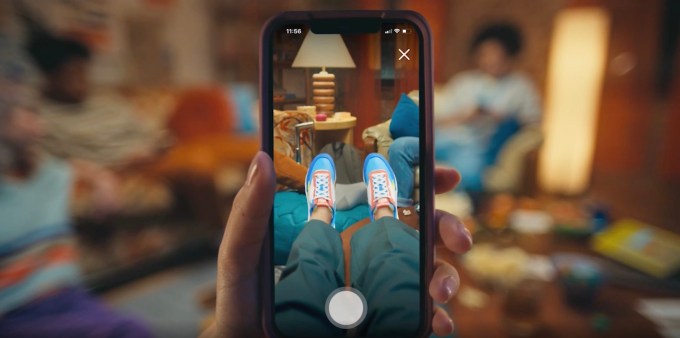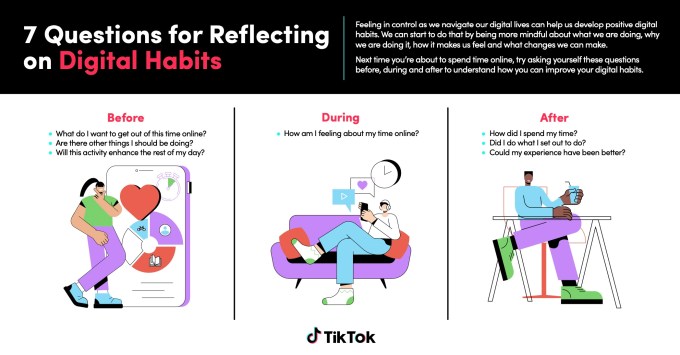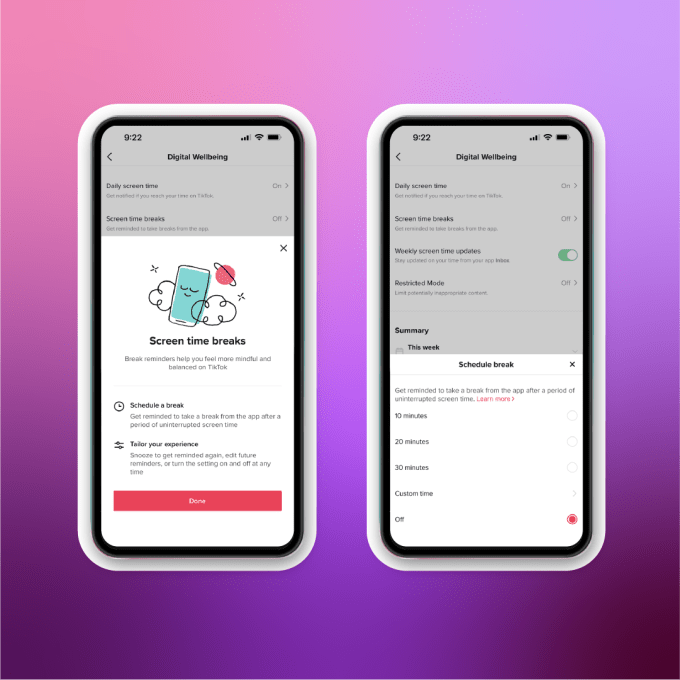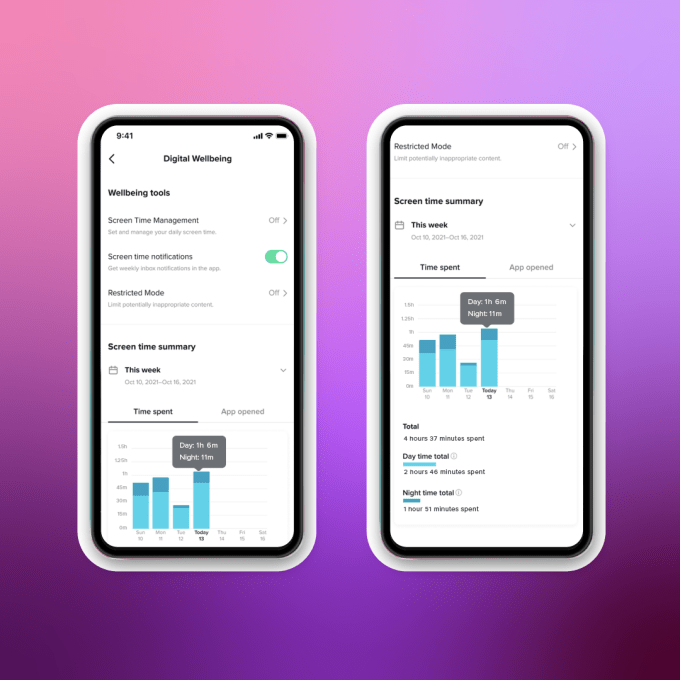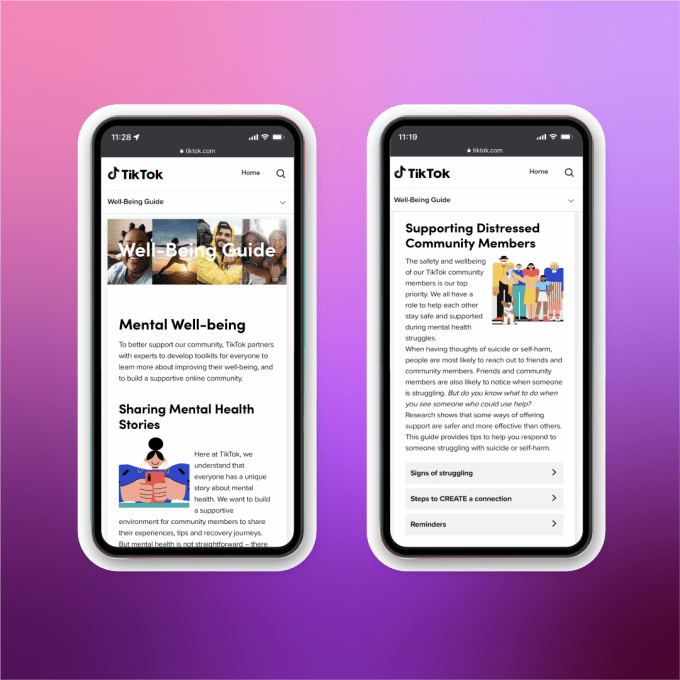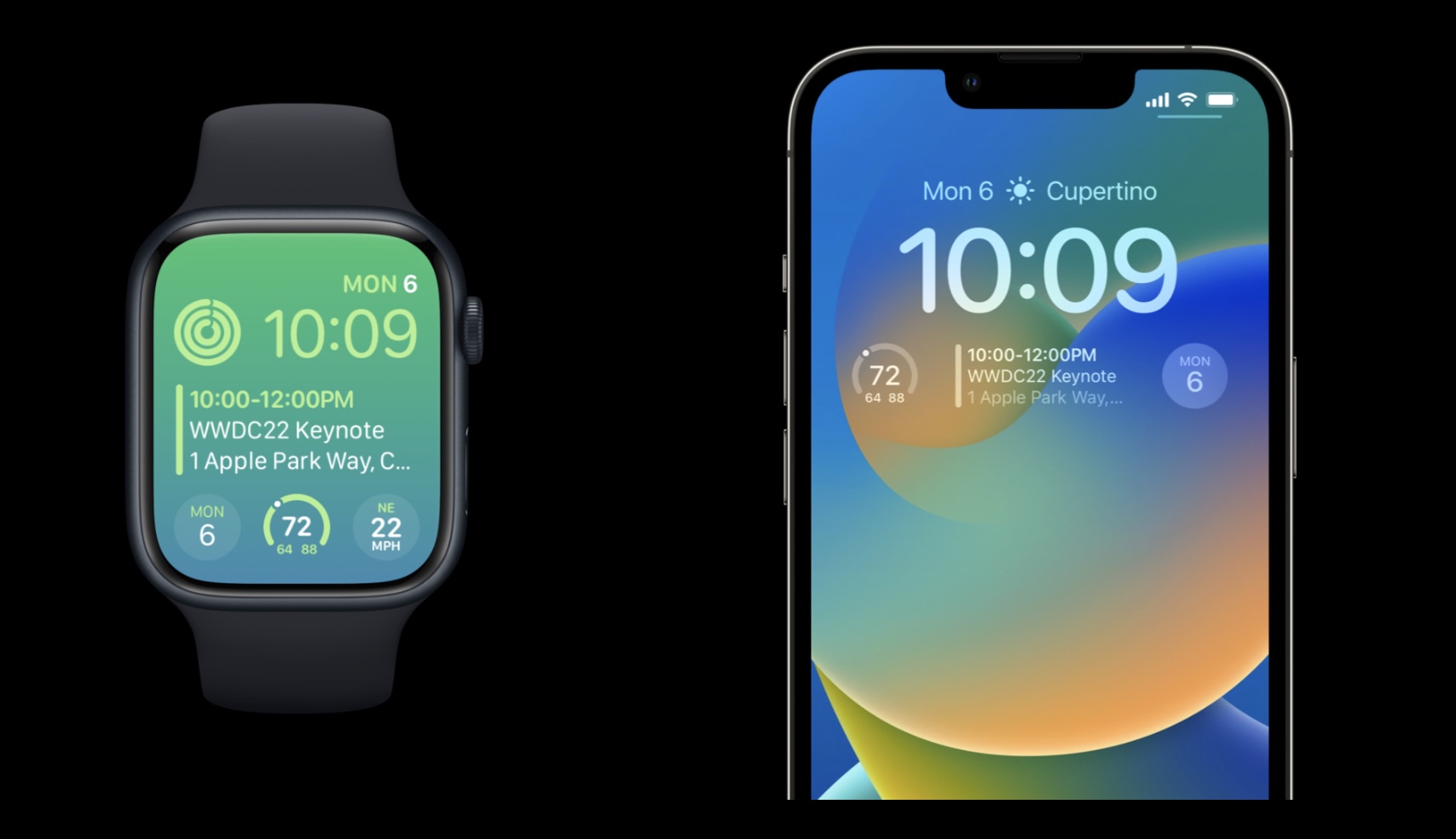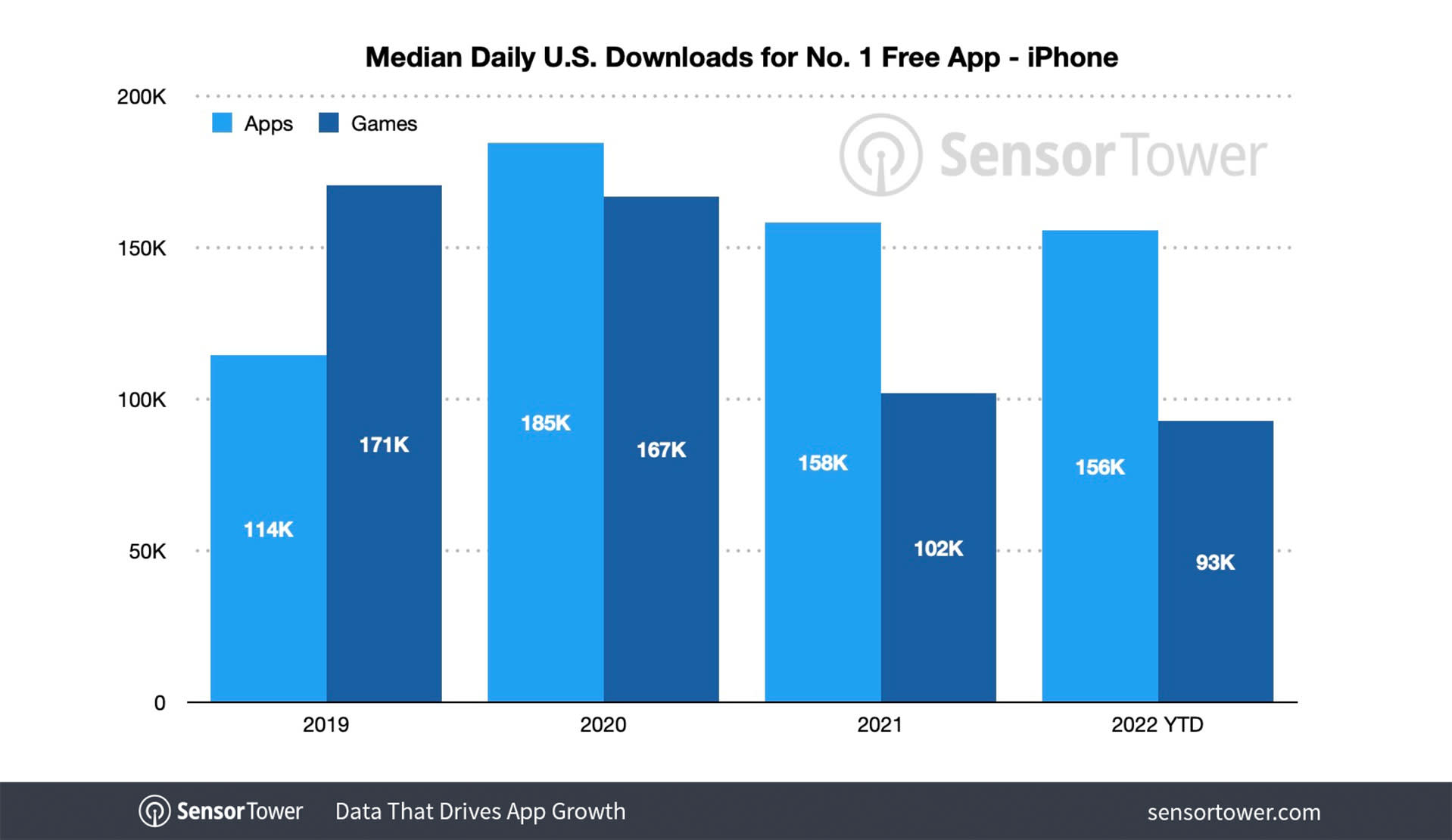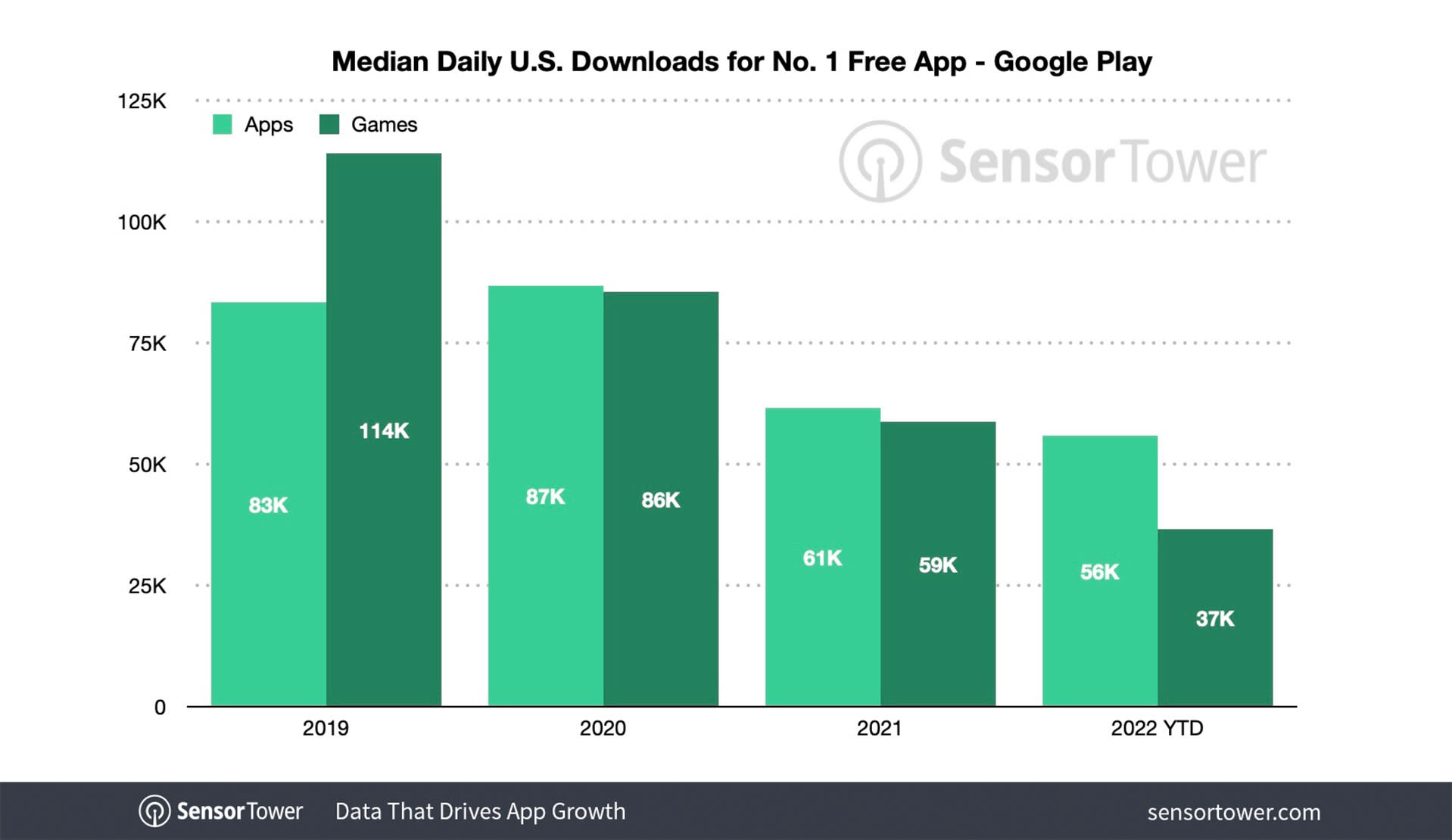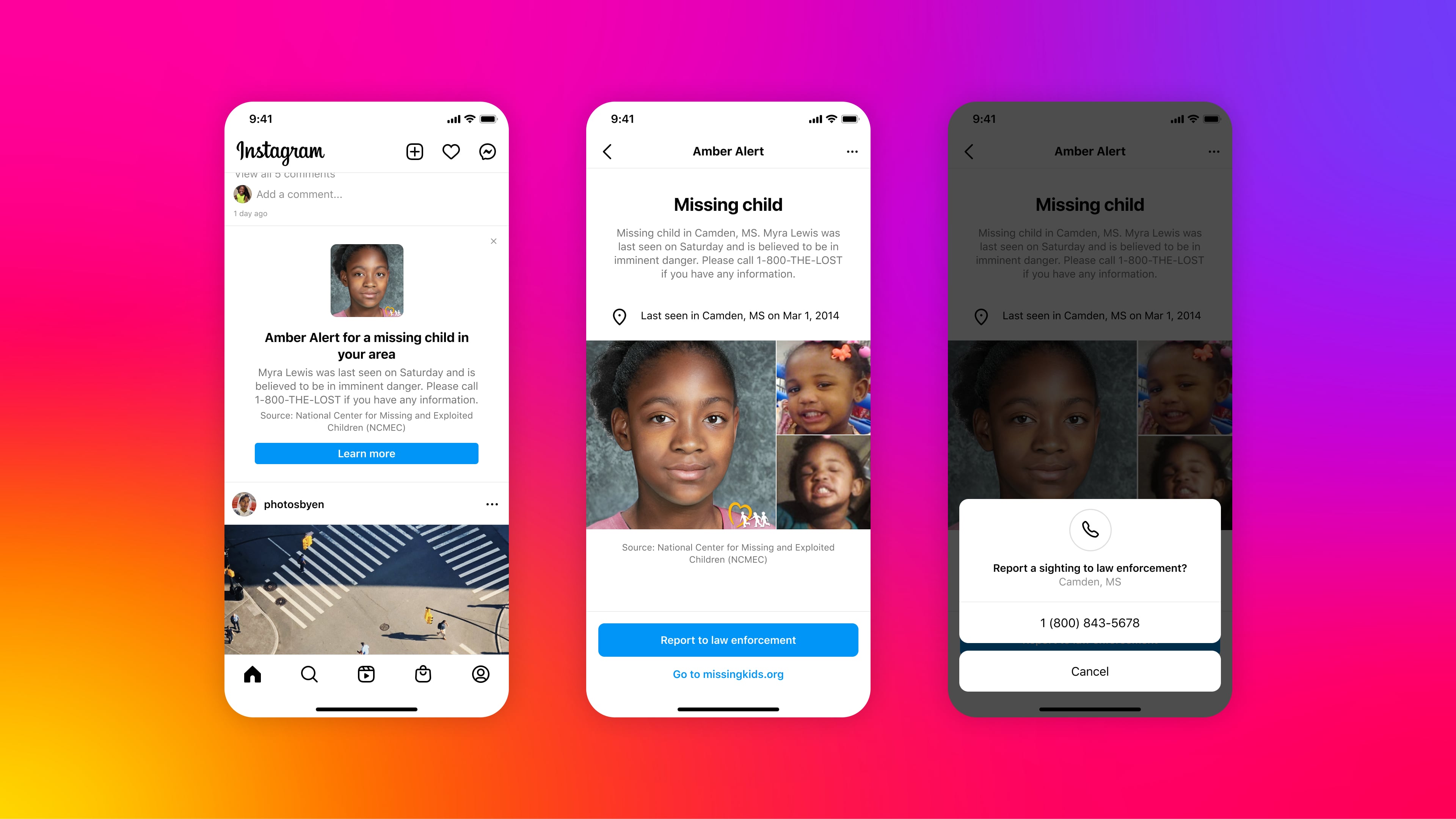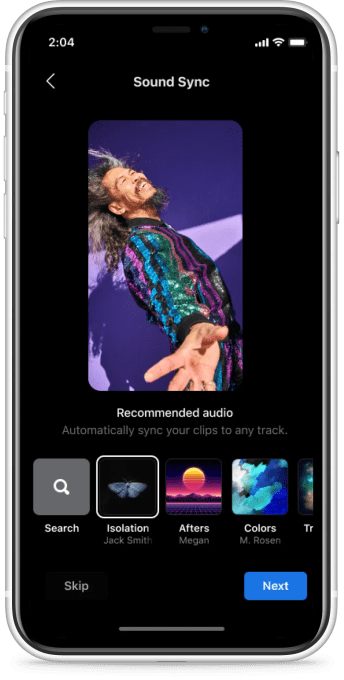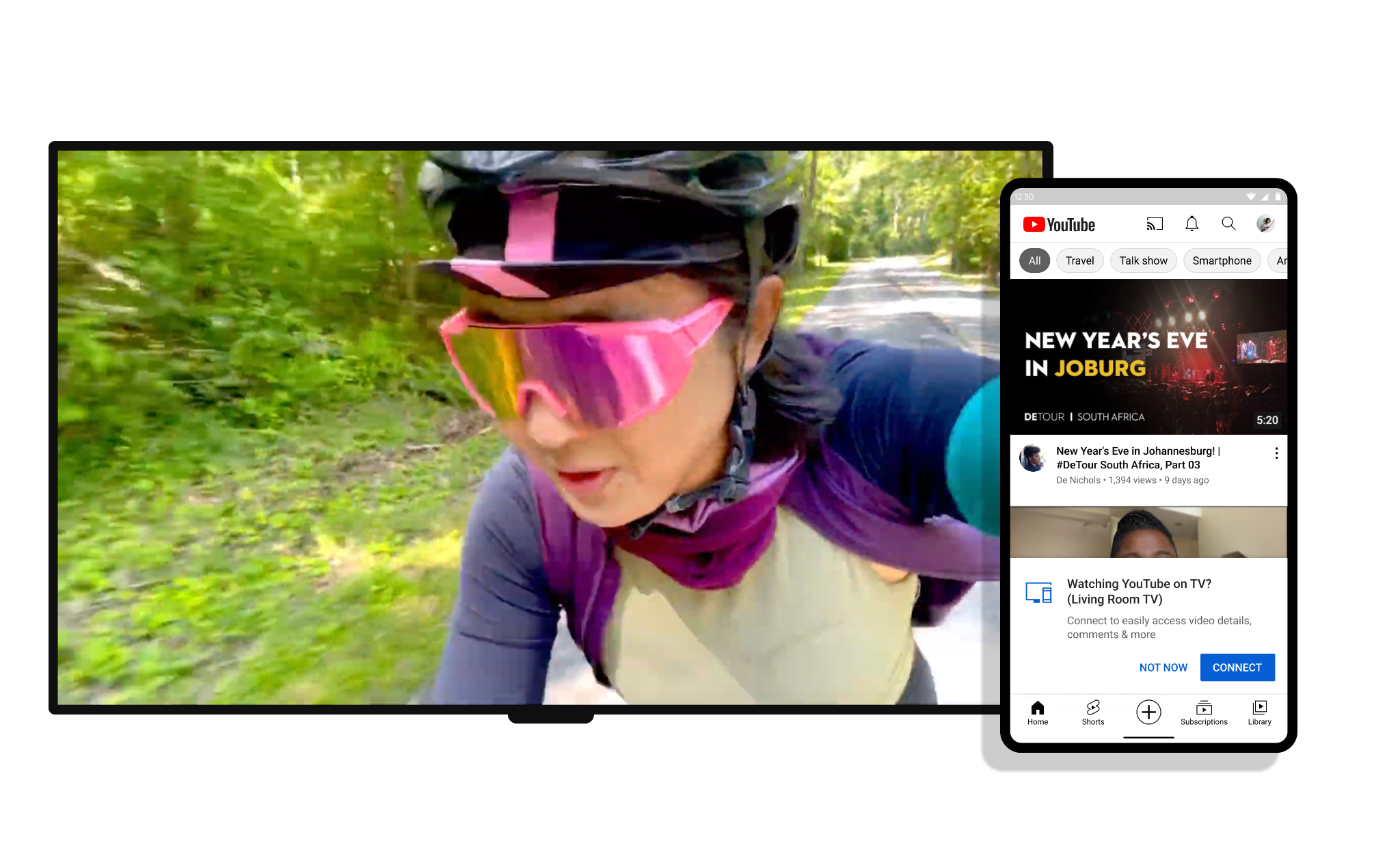BeReal, LiveIn, Locket… what do these new consumer social apps have in common besides a highly-ranked position on the App Store’s Top Charts? They engage their users through a combination of push notifications and homescreen widgets, instead of forcing people to spend a long time browsing their app, scrolling feeds, or watching creator content.
The popularity of this homescreen-based form of social networking is, in part, tied to Apple’s move to launch a widgets platform for the iPhone with the release of iOS 14 in 2020. In doing so, it invited a new ecosystem of apps to emerge.
Initially, this began with apps that allowed users to better personalize their homescreens with widgets and custom app icons that matched their backgrounds, sending apps like Widgetsmith, Brass, Color Widgets, and others to the top of the App Store. But over time, developers realized that widgets didn’t just have to be homescreen decorations – they could, in effect, be an active extension of their own platforms. Their widgets could serve as a tool to engage users in the most personal space on a mobile device: the prime real estate that is the phone’s homescreen.
When Locket first launched in December 2021, this idea was more of a novelty.
Developer and former Apple WWDC student scholarship winner Matt Moss thought it would be clever to use a widget to send photos to his girlfriend as they embarked on a long-distance relationship. But soon, his friends were clamoring for access to the app he had built as a simple side project.
Since then, Locket has expanded from iOS to Android and how now seen a total of 20 million installs to date, according to estimates from app store intelligence firm Sensor Tower. But its popularity has declined a bit as newer competitors emerged. While Locket was No. 9 in the Social Networking category, as of the time of writing, it was only No. 42 Overall on the U.S. App Store. That rank is largely due to the fact that there are so many other apps now playing in this space and gaining momentum.
For instance, another app called BeReal had originally arrived in December 2019 – before iPhone’s widgets became broadly available. This social app encourages users to capture a photo within 2 minutes of receiving a push notification using BeReal’s camera — which takes both a front-facing photo and selfie at the same time. The idea is to give users a way to see what their friends are up to in real-time. Before this year, BeReal had seen steady, but not groundbreaking, growth, achieving 1.9 million worldwide installs, per Sensor Tower data. The app is backed by $30 million in funding, led by a16z, Accel, and New Wave.
Then, in February 2022, BeReal tapped into the idea to leverage the homescreen to capture friends’ reactions to users’ posts, with the launch of a feature called “WidgetMojis.” This addition allowed BeReal to display friends’ photos in a live-updating widget on the homescreen as they reacted to users’ BeReal posts, or what BeReal calls RealMojis. By April, the app intelligence firm Apptopia had reported that BeReal had grown its monthly active users 315% year-to-date and that 65% of its lifetime downloads had occurred this year. That figure has since grown to around 86%, Sensor Tower says, as the app now has a total of 13.9 million lifetime installs.
Over the course of 2022, BeReal’s popularity has skyrocketed. This year alone BeReal has gained some 12 million installs, the data further indicates. And, as of the time of writing, BeReal was the No. 10 Overall app on the U.S. App Store, beating out traditional social networking and communication apps like Messenger, Snapchat, Telegram, Discord, Twitter, and Pinterest. It was also the No. 3 app in the Social Networking category.
For younger users, BeReal also becoming a part of their cultural lexicon and everyday app rotation. On TikTok, the hashtag #bereal has over 390 million views, while variations on the name bring in thousands or millions more.
But BeReal is now only one of many competing in this space. Another vying for a part of this emerging market is the newer addition, LiveIn, which launched in January 2022 after pivoting from a Clubhouse-like app, Livehouse. This homescreen social networking app comes with its own twist. Instead of just sending selfie photos to friends’ phones, users can send videos and drawings, as well. Another new feature lets users “duet” photos and videos — taking a cue from the similarly-named mashup feature found on TikTok.
The company said in a press release it reached 4 million monthly active users in the first two months after launch. At the time, the hashtags #liveinapp and #livepic had generated more than 40 million TikTok views. Today, #liveinapp has 279.5 million TikTok views and #livepic has 37.6 million.
@tuckerthorn Guys use the link in my bio so I can send photos to your Home Screen #liveinapp @liveinapp #fyp #app #foryou ♬ As It Was – Harry Styles
In addition to the casual photo-sharing and updated widgets, these new social apps include a photo archive so users can look back at their memories. This serves not only as a way to incentivize users to launch the apps outside of designated photo-taking times, but also as a way to lock in users and keep them from abandoning the platform.
This sort of photo archive isn’t a new concept – it’s inspired by Facebook and Snapchat’s Memories features, but is designed to achieve the same results with a younger crowd.
In fact, these new social apps have taken many of the core concepts more recently popularized by Snapchat – access to real-life friends, private photo sharing, spontaneous and casual photo-taking, and memories – and have built their own differentiated platforms that tap into the smartphone’s notification system and direct homescreen access via widgets.
These three apps are only a handful of a growing number of apps building for social via the phone’s homescreen widgets.
Other top downloaded apps include Noteit Widget, which has gained 18.8 million lifetime installs per Sensor Tower data; Loveit: Live Pic & Note Widget (1.4 million installs); Widgetshare (3.1 million installs); Peek (704K installs); Widgetpal (374K installs), Snapwidget (185K installs); Rocket Widget (127K installs); Comet: Live Friends Widget (112K installs); and others.
There are even clones capitalizing on the names of popular brands like the not-so-subtly named app called “LivePic, Locket Photo Widgets” which has managed to pull in 79K installs — some of which likely came by way of misdirected App Store searches.
Gen Z’s shift to authenticity
Another one of the many things these apps have in common is that they promote sharing real-life photos that don’t involve heavy editing, filters, or AR effects – features Snapchat and Instagram had become known for. This speaks to a broader shift that’s helping fuel this trend: the end of the Instagram aesthetic and the increased desire for authenticity on social media.
We already saw hints of this emerging with the launches of other newcomer social photo apps like Dispo or Poparazzi, both of which focused on uncurated photostreams – the latter, where photos were snapped and posted by the user’s friends, not users themselves. There were also the apps that aimed at photographers abandoned by Instagram — like Glass, or Herd Social, which had positioned themselves as being “anti-Instagram” apps.
This broader group of photo apps promoted their defiance of Big Tech with its manufactured algorithms, the overabundance of features, and the hyper-competitiveness that now sees mainstream social networks chasing TikTok with short videos, not to mention their collective drive to incorporate all sorts of other activity — like e-commerce, creator subscriptions, virtual tipping, NFTs, and more. When it’s not trying to be an online mall, Instagram is trying to clone TikTok, for example. Snapchat is hosting creator content and now wants users to shop using AR.
Meanwhile, younger users – the key demographic that uses social apps – seemed to have actually just wanted simpler apps that focused on what they wanted social networking to be about: their friends.
It’s funny that it’s come to this. The “social graph” was once the holy grail of consumer social platforms – to know who someone was connected to in real life was perceived as valuable data. For one thing, it meant you could lock users into a walled garden they wouldn’t want to leave because their friends were all there, too. And making this social graph inaccessible to competitors meant every new network had to start from scratch. But these days, mainstream social networks are more heavily focused on connecting users with creators – after all, that’s where the money is. Users can subscribe to, shop from, and virtually tip content creators. Monetizing true friendships is much more difficult.
But Big Tech’s greed left a gap in the market where they began to underserve those in search of real-world connections. This impact isn’t just visible within the homescreen social app trend.
It’s also helped drive users to the almost too numerous to count “friend-finding” and friend discovery apps, like Yubo, LMK, Wink, Hoop, Wizz, Vibe, Fam, Itsme, Lobby, Hippo, LiveMe, Swiping, and others – many of which had built on top of Snapchat’s APIs until the company tightened its developer policy over child safety concerns.
The trend is similarly impacting dating, leading to Match’s biggest-ever acquisition of Hyperconnect for $1.73 billion, which had been building “social discovery” apps that weren’t designed specifically for romantic connections. Bumble today is beefing up its “BFF” feature as younger people are shifting their interest to friend-finding apps.
But this broader shift in social isn’t without concerns. Though mainstream social apps are now being held accountable regarding their user protections, newer social apps are flying under the radar. Parents haven’t heard of these new apps and don’t know to monitor or restrict them as a result. The same goes for lawmakers and regulators, too, who have their eyes affixed solely on tech giants. And as reports have shown, the apps’ privacy protections and policies, in some cases, are fairly weak. This is particularly concerning given that many are marketed towards and used by tweens and younger teens, who may inadvertently post to global, public feeds instead of to friends, post inappropriate content, or become the victims of cyberbullying.
But the apps’ freewheeling nature isn’t the only reason why homescreen social networking is having a moment. Beyond those mentioned above, there are many other factors at play here — including the apps’ clever use of TikTok to drive downloads, influencer marketing, and college ambassador programs to spread the word about new apps more “organically.” There’s also the continuous background noise related to social networking’s ill effects that Gen Z is aware of, even if only mariginally. Data scandals, high-profile leaks and whistleblowing, Congressional hearings, regulatory inquiries, and the resulting media coverage have helped fuel consumer demand for apps that weren’t created by today’s dominant players.
The market’s readiness for this type of networking is demonstrated by how well these “homescreen social” apps are currently doing. They’re dominating the Social Networking charts and are staking their position in the Overall Top Charts. While, longer-term, they could end up being another flash in the pan the way location-based social networking apps were in the 2010’s, there’s a sense that some Gen Z users no longer consider these apps experimental.
@carolinelusk it’s time sensitive man #fyp #foryou #foryoupage ♬ original sound – AnxietyGangOfficial
And while TikTok is certainly a viable threat in terms of capturing the valuable – and profitable – connection between users and creators, users’ social graphs are still up for grabs. In fact, many among Gen Z don’t want to share their real-world relationships with TikTok, they’ve said in videos posted to the platform. They appreciate that’s TikTok a network that’s about creativity and individualized interests, not their real-world connections.
@420koreaboono every time damn stop asking♬ ITSJULYSKI – JULYSKI
TikTok has realized this too and understands the risk it poses for its own business. It even got so pushy about acquiring users’ address books that it destroyed its own Discover page in favor of a Friends page in hopes of capturing that data.
If the trend continues, it could impact other mainstream social networks, which have largely ignored this new avenue to gain users and haven’t adopted the “live pics from friends” widget format, either.
With the social graph filtering to smaller, simpler homescreen social networking apps, there also now comes the potential to build a different kind of social network that could be monetized in new ways beyond ads. These apps could roll out premium features, a subscription service, direct payment, and more. But that future is still in question, as it remains to be seen whether homescreen social networking apps have long-term staying power among the historically fickle younger crowd who have adopted them.


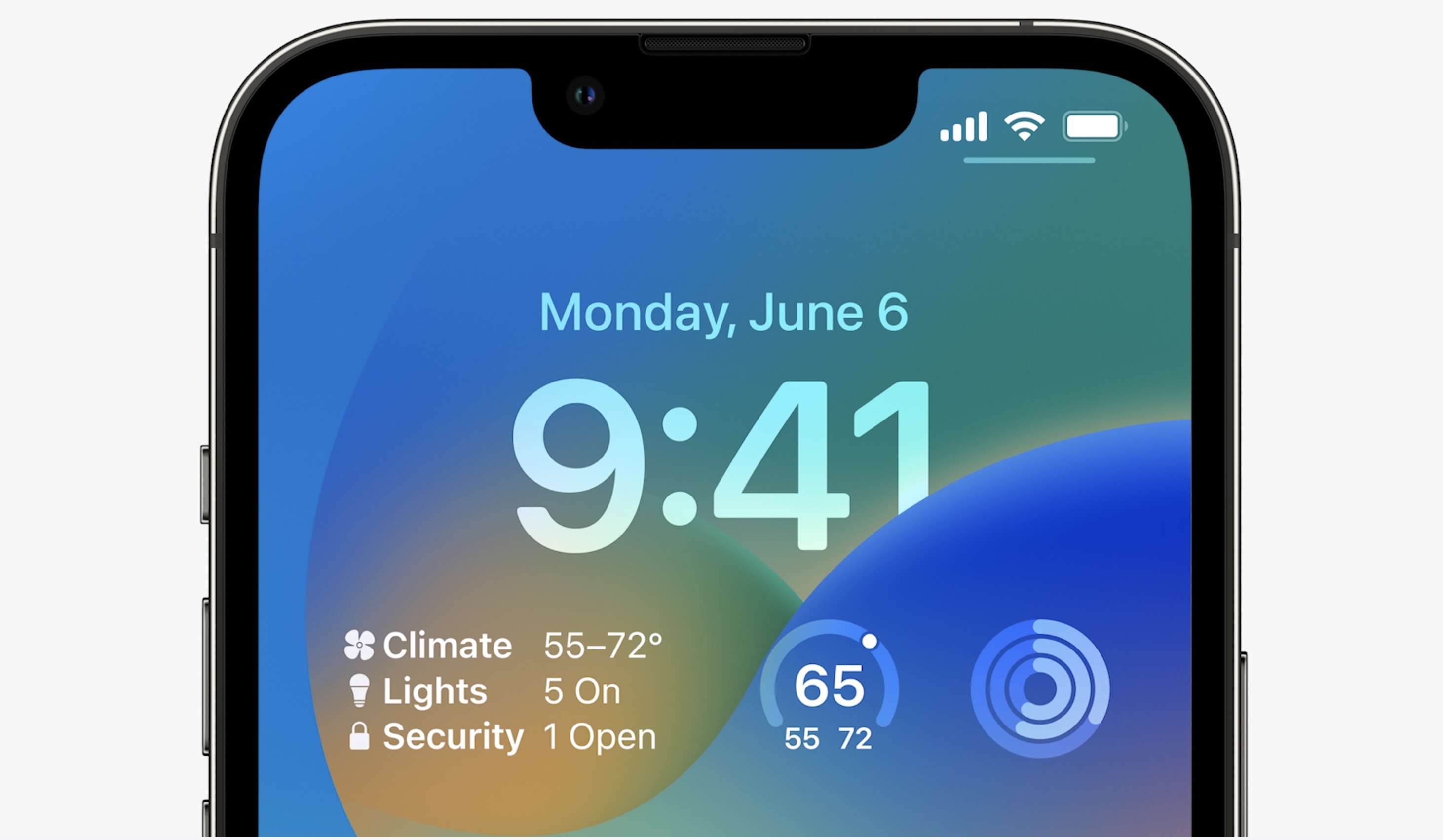
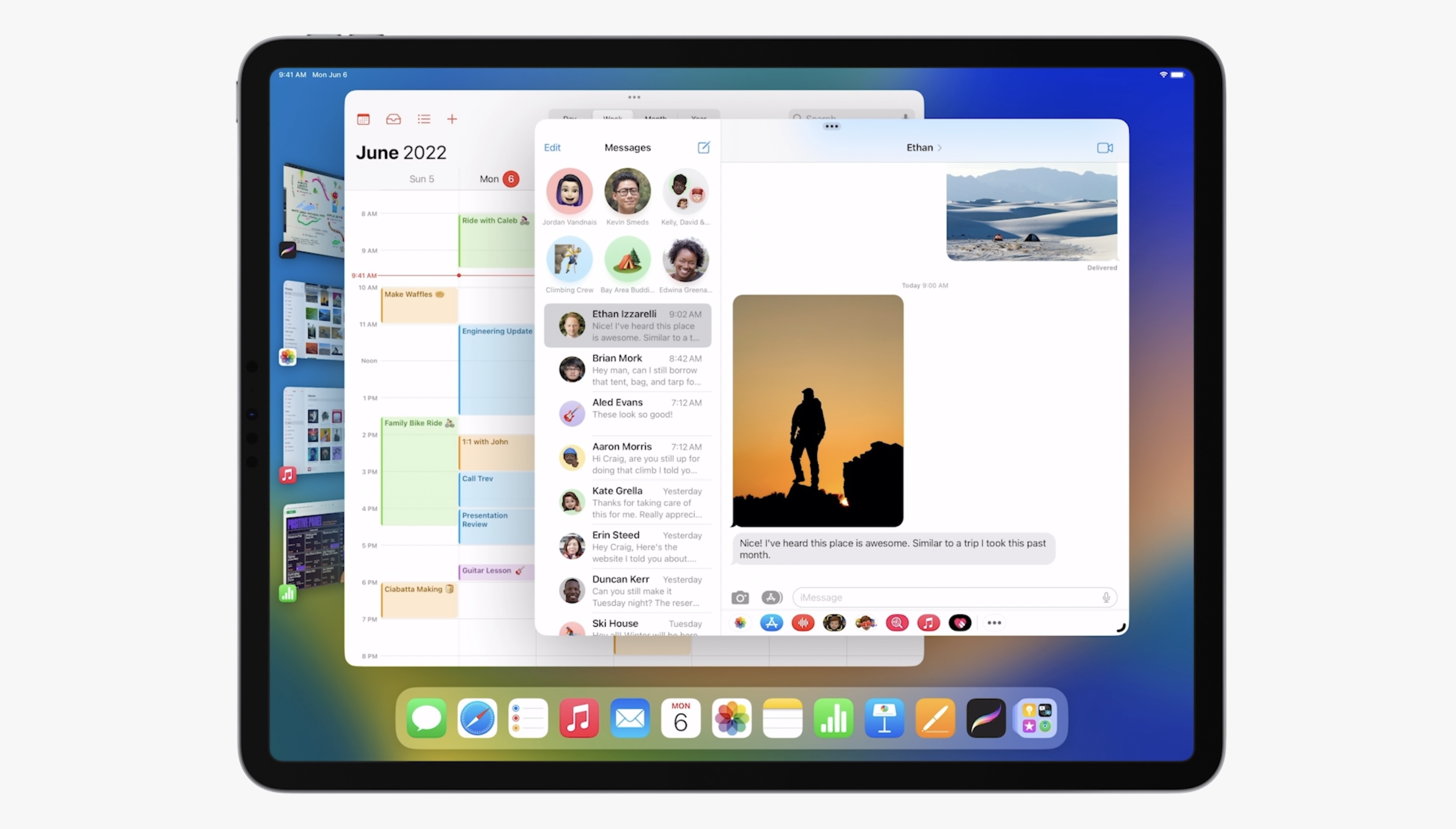
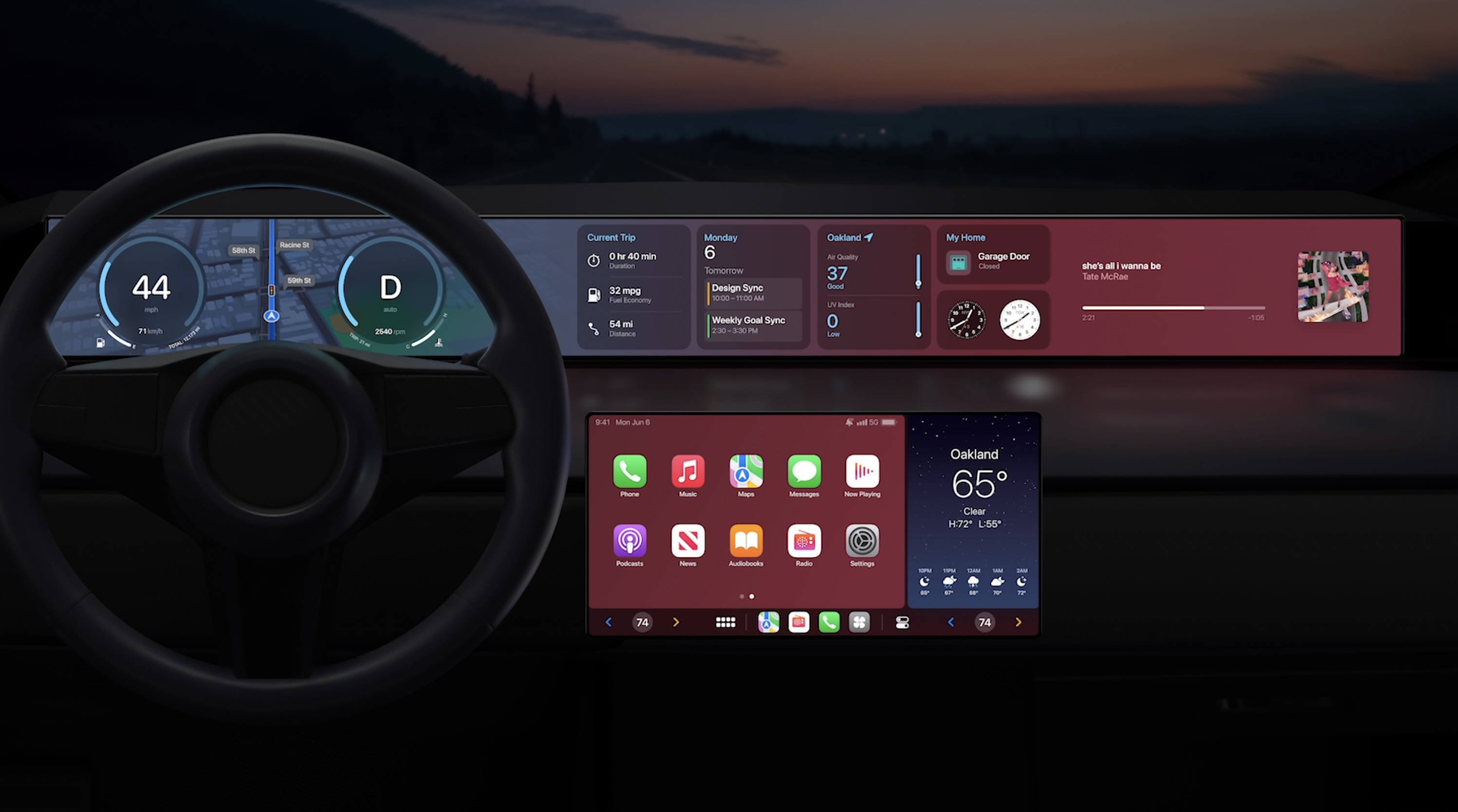
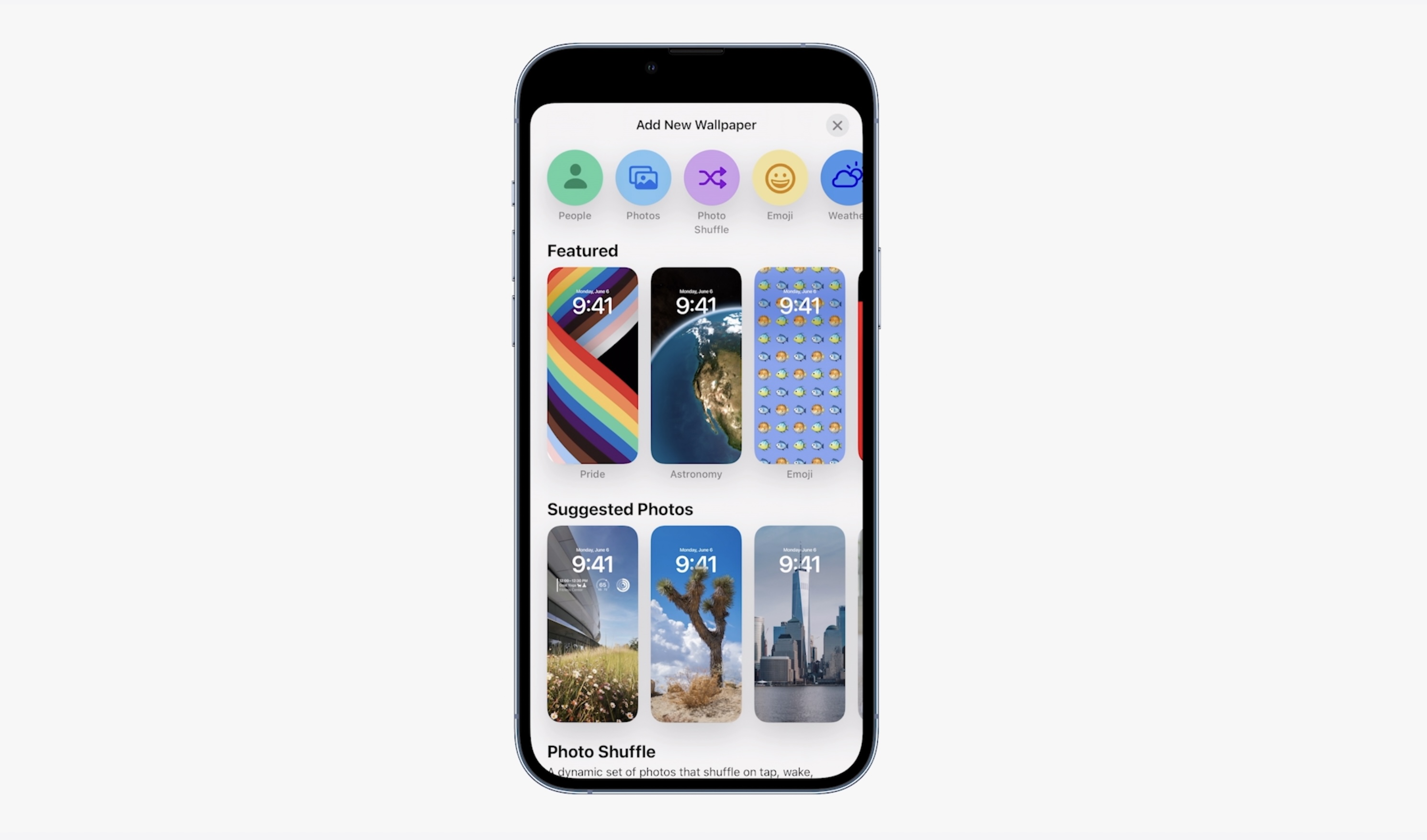
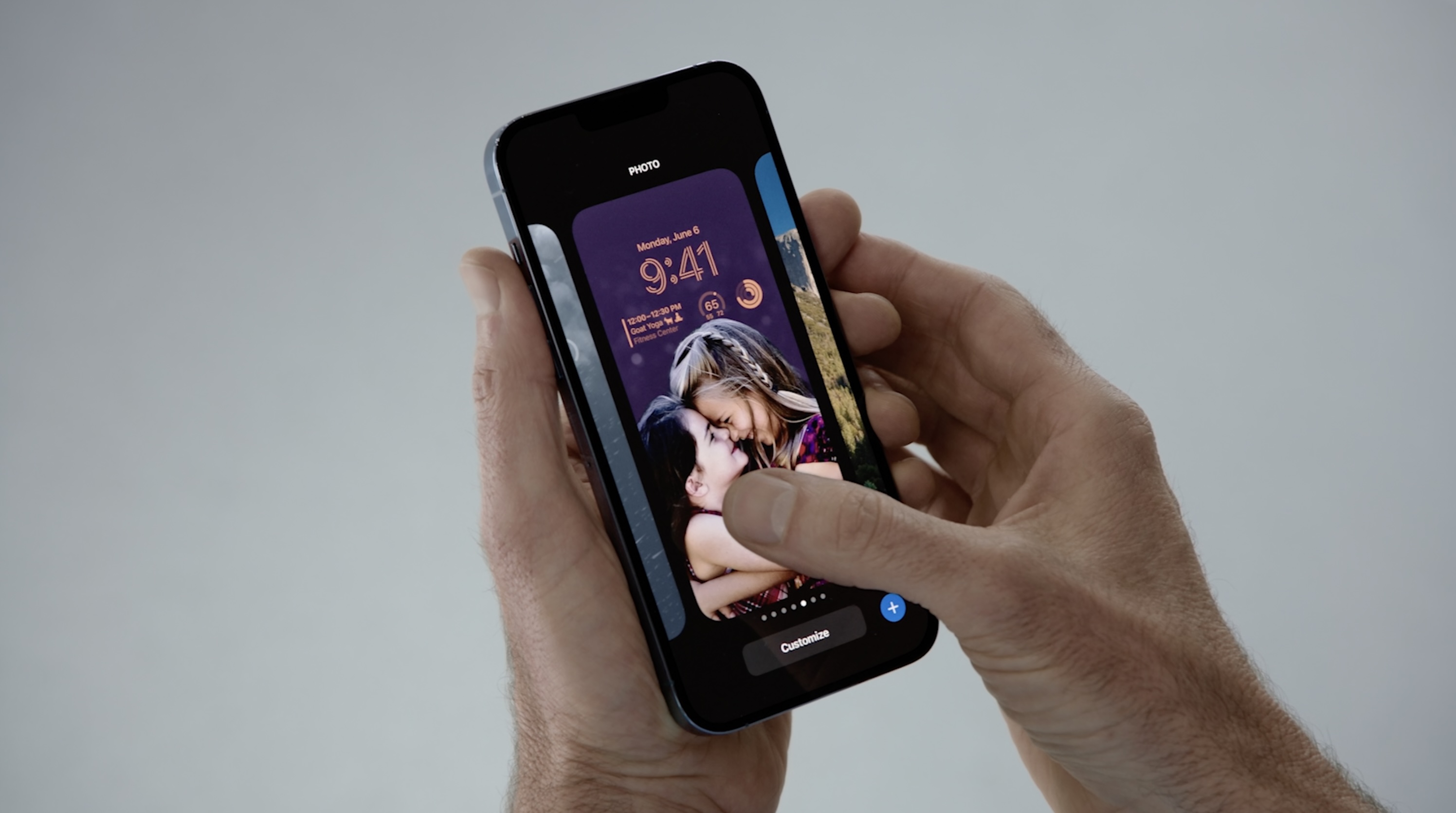
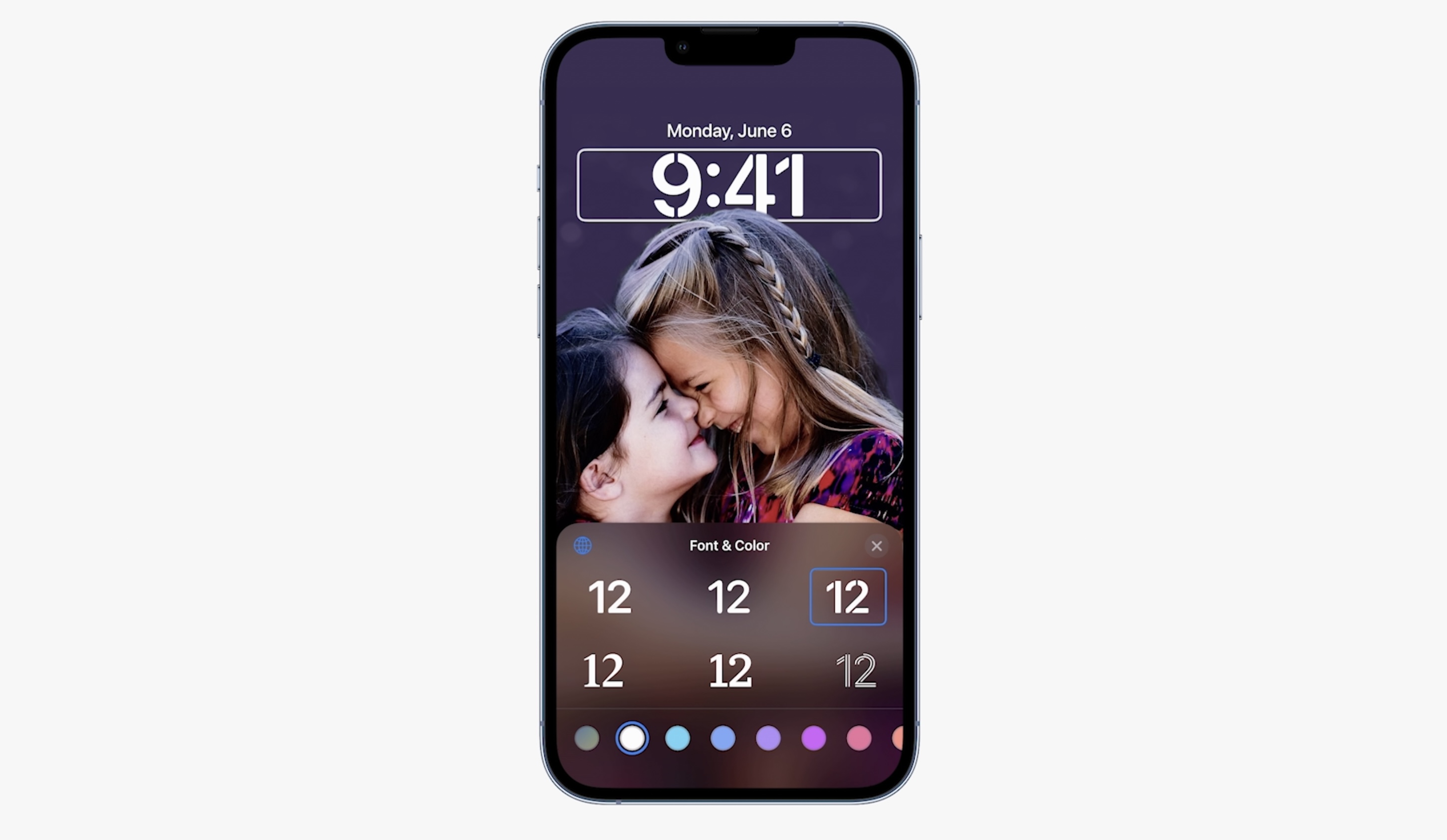
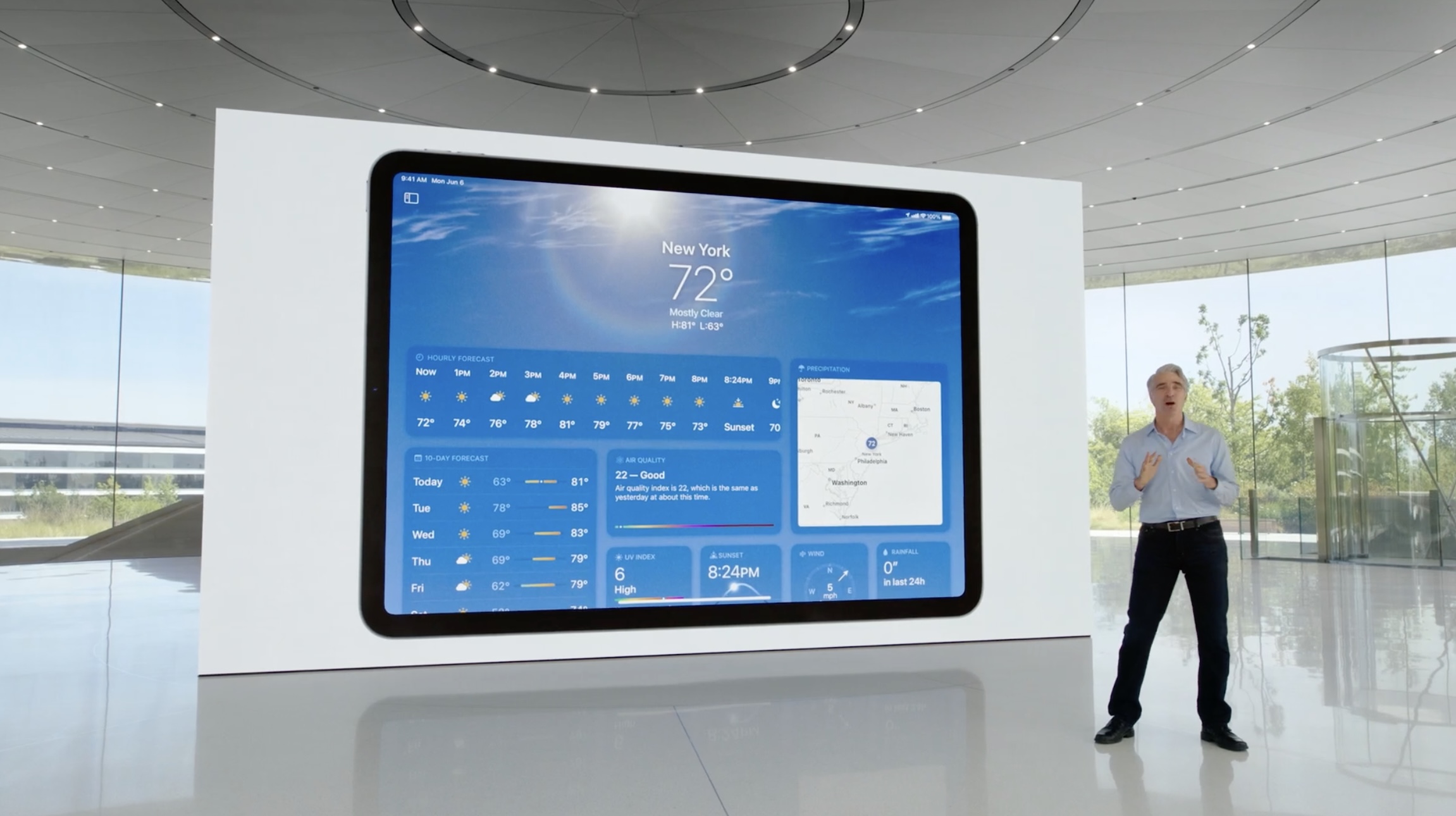
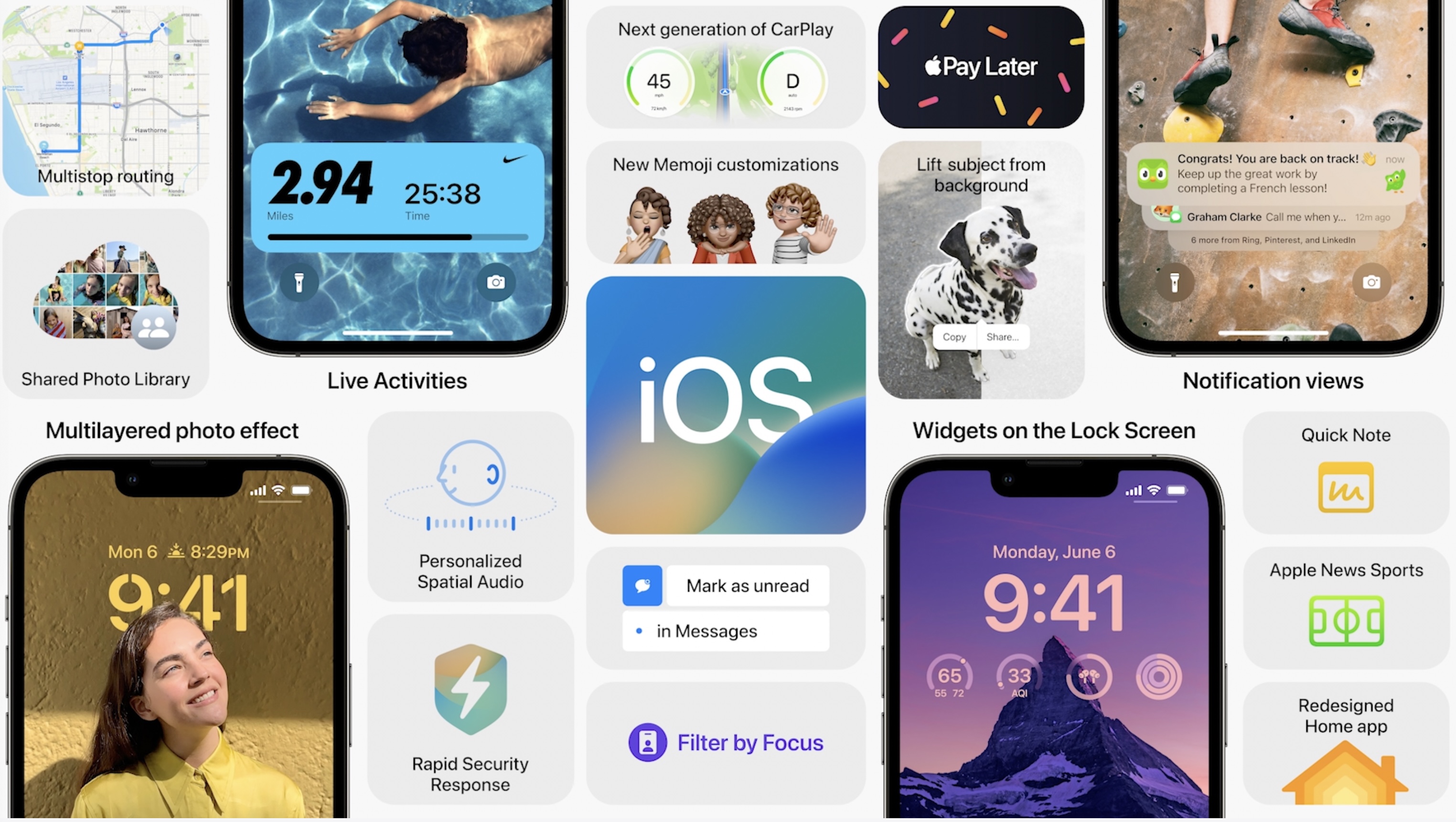
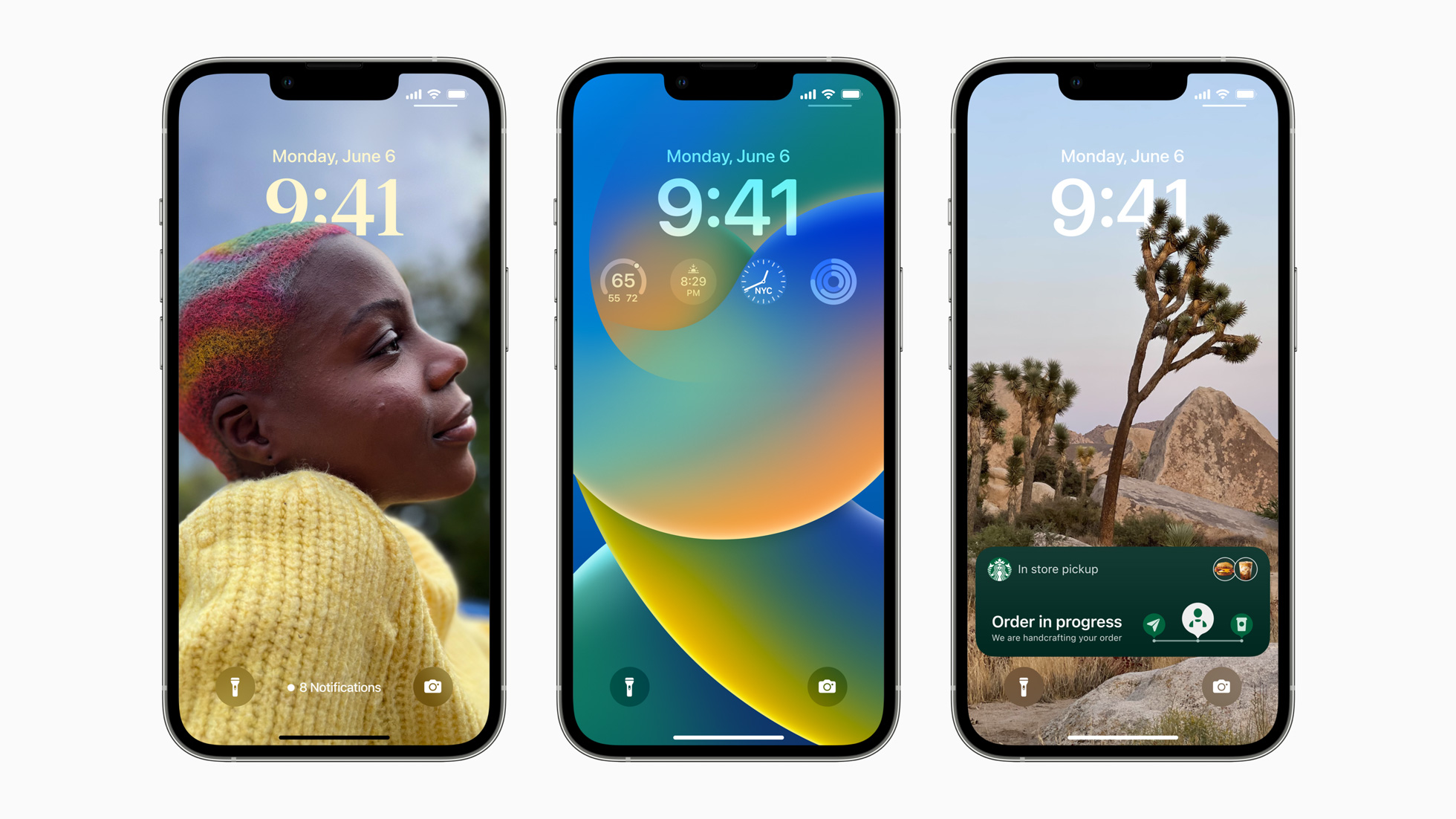
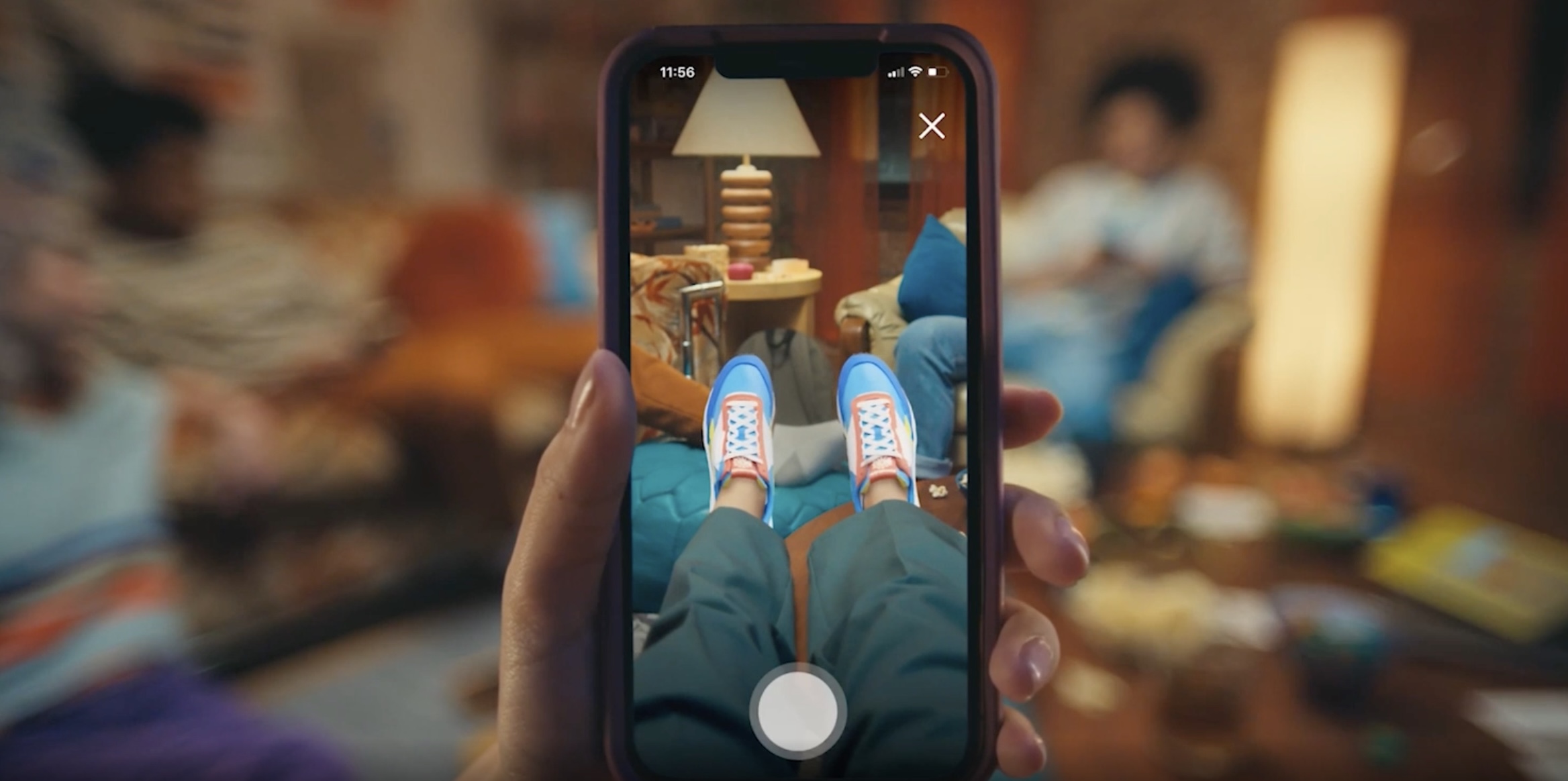
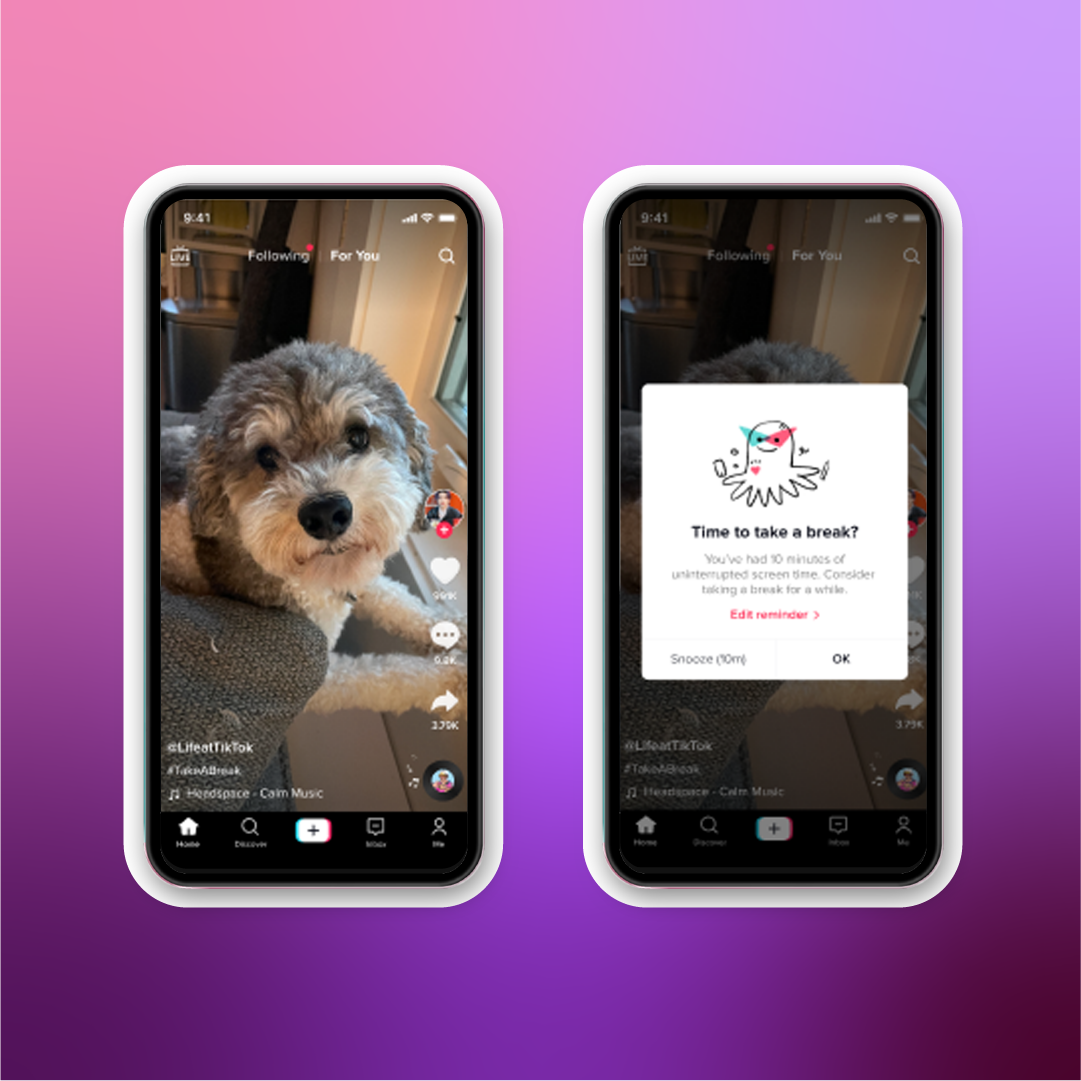

 Hourly, an app that helps businesses track hours and payroll for hourly wage workers,
Hourly, an app that helps businesses track hours and payroll for hourly wage workers,  Note-taking app maker Notion
Note-taking app maker Notion 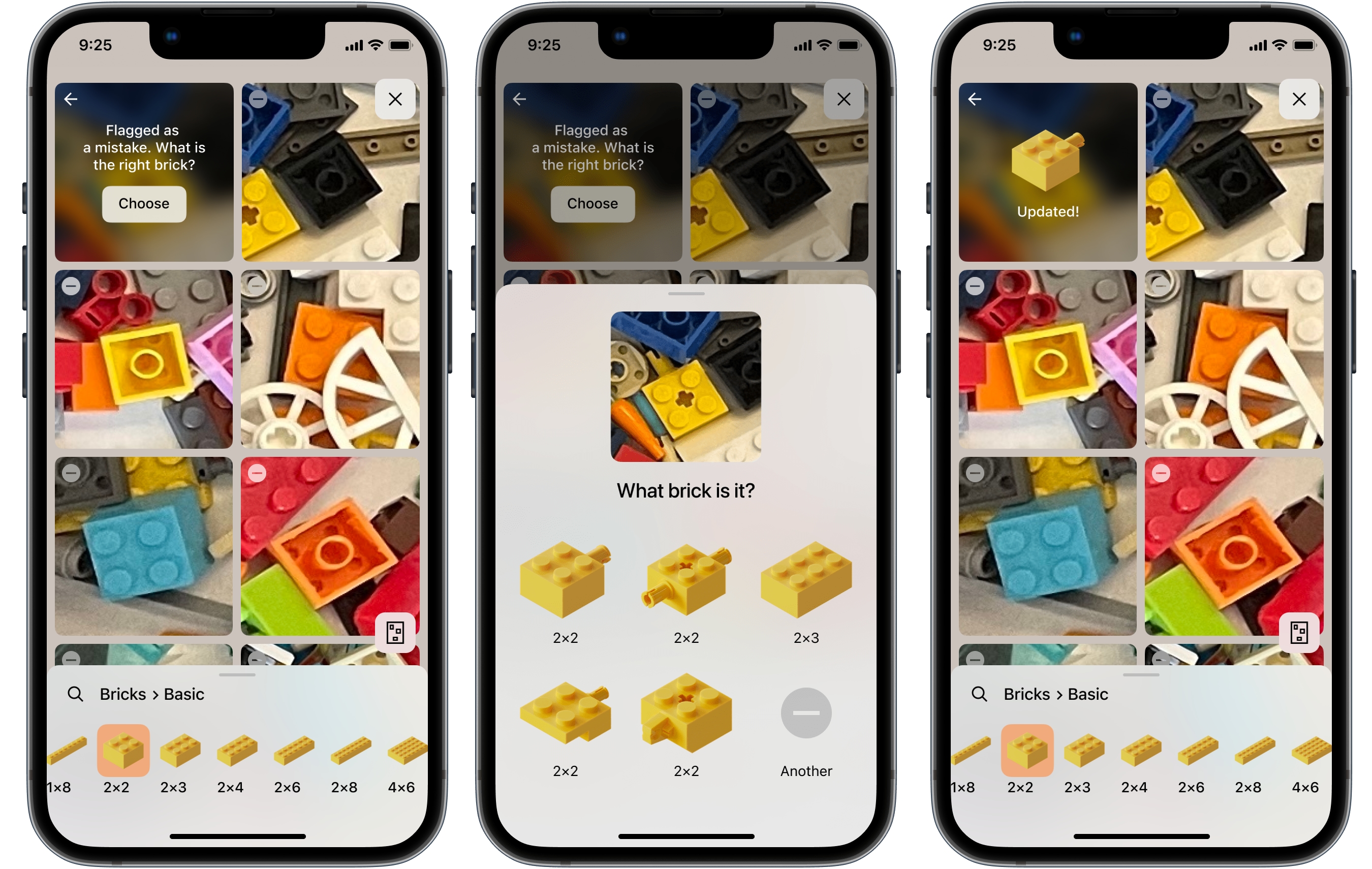
 Brand new Apple Human Interface Guidelines!
Brand new Apple Human Interface Guidelines! 

